2. Getting To, Into and Through a Health Care Facility
You can encounter barriers even before you get to your medical appointment. While this paper will not address all the possible issues related to access to the facility, here are a few strategies for dealing with getting to, into and through health care offices and clinics.
Knowing some facts about the health care facility ahead of time will help you prepare for what you might encounter when you arrive. Here are just a few examples of specific questions you can ask office staff when you make your appointment. Tailor these questions to address your needs. Be prepared, when staffs do not know the answer to the question, to tell them how they can go about getting the answer.
2.1 Parking
Parking spaces 8 feet wide for car plus 5-foot wide access aisle
-
Are there accessible parking spaces (8 feet wide for car plus 5-foot wide access aisle)?
-
Are there usable ramps or curb cuts onto the sidewalks?
-
How far away from the entrance is the accessible parking?
-
If it is a long distance, is there an accessible and available motorized cart, van or bus?
-
-
Are there accessible paths from the parking, drop off areas, or transit stops without stairs or other items blocking access (utility boxes and poles, fire hydrants, etc.)?
Path blocked by a fire hydrant in the middle of the sidewalk
2.2 Entrances
-
Are there signs showing the locations of accessible entrances?
Medical office with one step entry, no access for wheelchair or scooter user
Directional signage
Directional signage for accessible entrance
-
If there are stairs at entrances, are there also ramps or lifts?
Accessible entrance
-
Can the accessible entrance be used independently, or is the door heavy or usually locked?
-
Is the entrance door at least 32 inches wide?
-
Once inside the building, is the accessible route to all public spaces at least 36 inches wide?
2.3 Restrooms
-
Are the restrooms accessible?
-
Is the entry door at least 32 inches wide?
-
Is there a larger stall or an area in the restroom at least 36 inches in diameter and free from obstructions (trash cans, chairs, etc.)?
-
Are there grab bars beside and behind the toilet?
-
Grab bars behind and beside the toilet
2.4 Patient Areas
-
Is there space in the waiting room for wheelchair users to sit?
-
Is there space in the exam room for an individual using a wheelchair or other mobility aid to move and turn around?
Waiting room with space for a wheelchair user

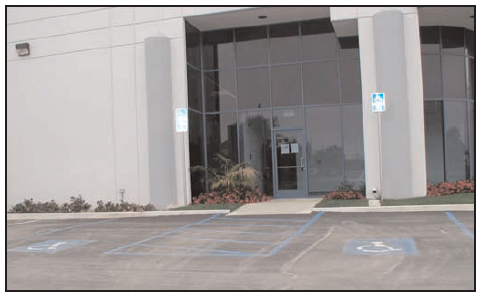
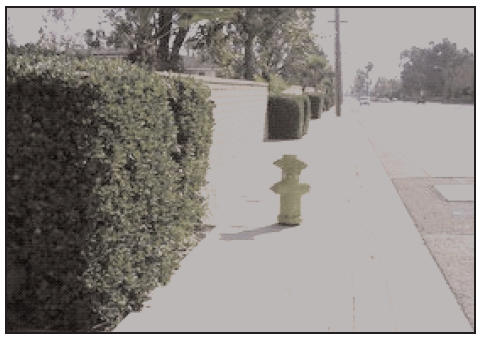
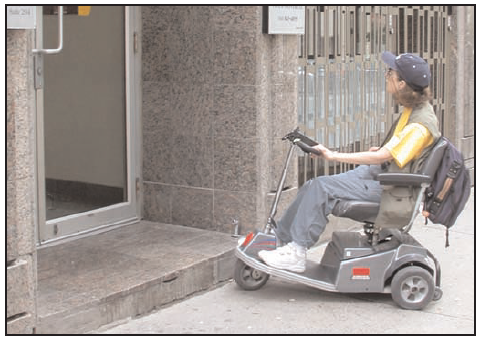
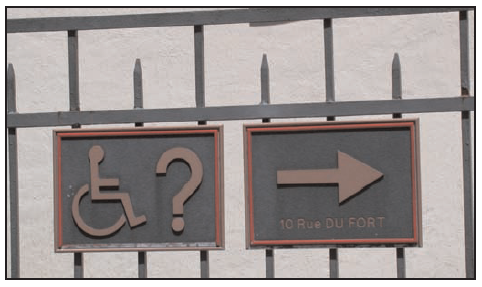
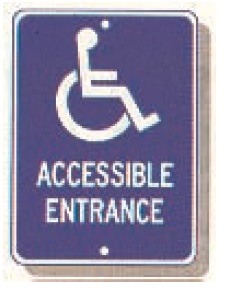
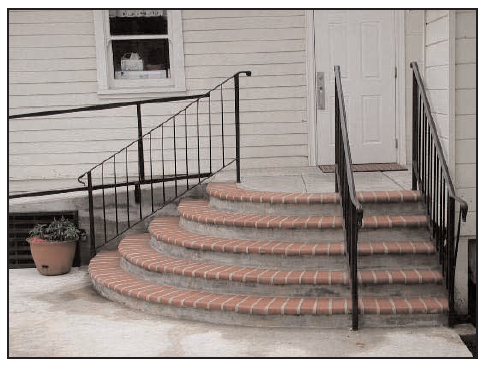
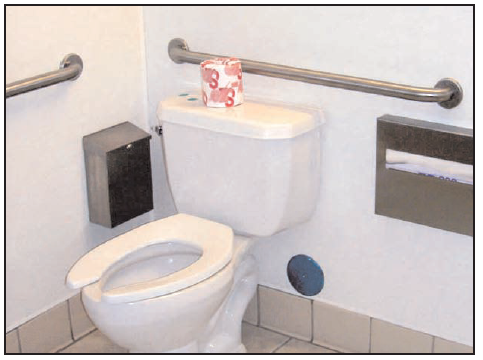
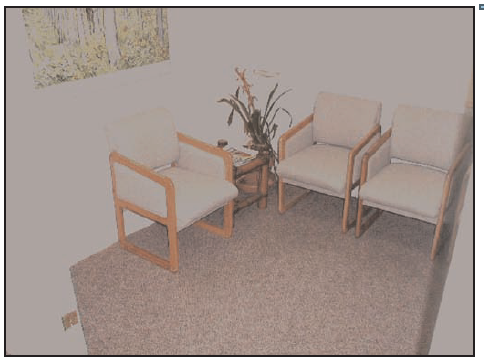
User Comments/Questions
Add Comment/Question